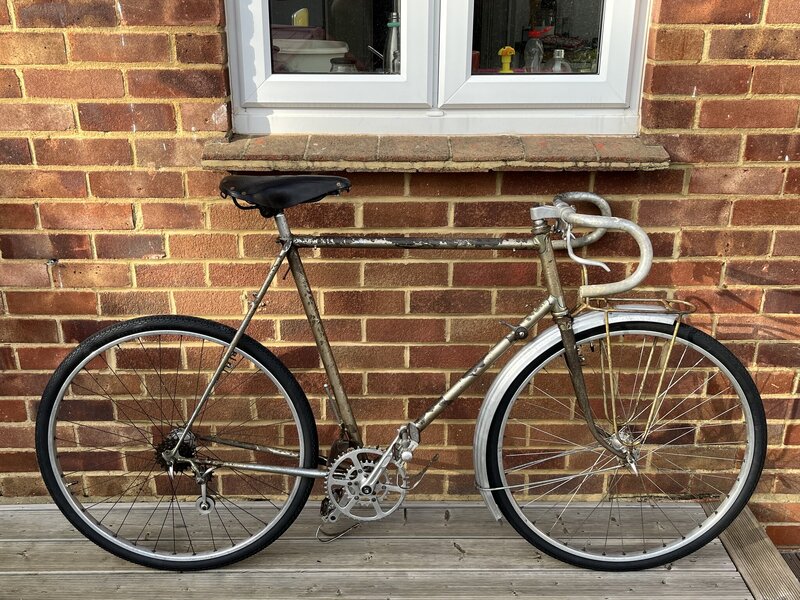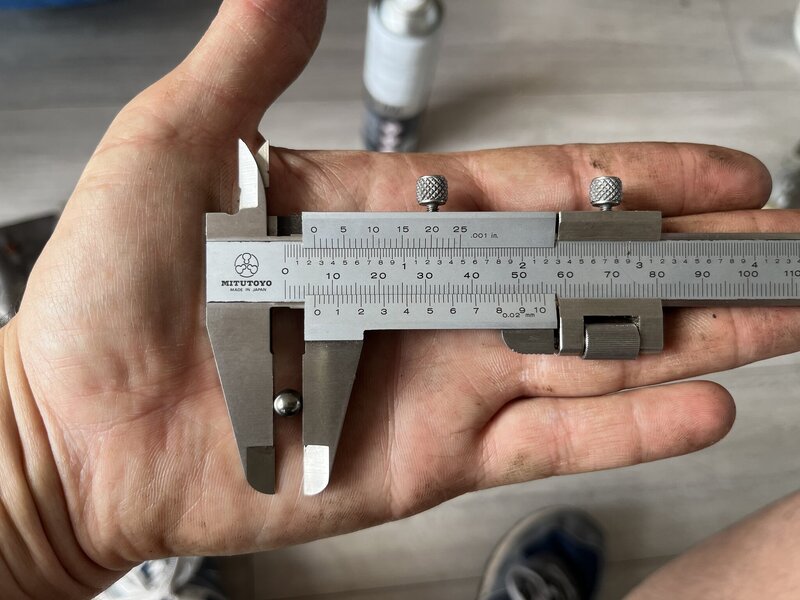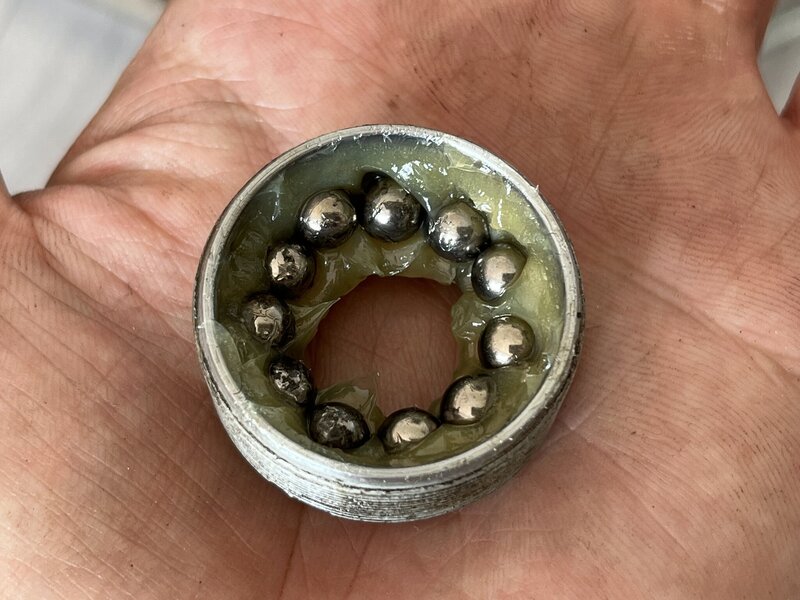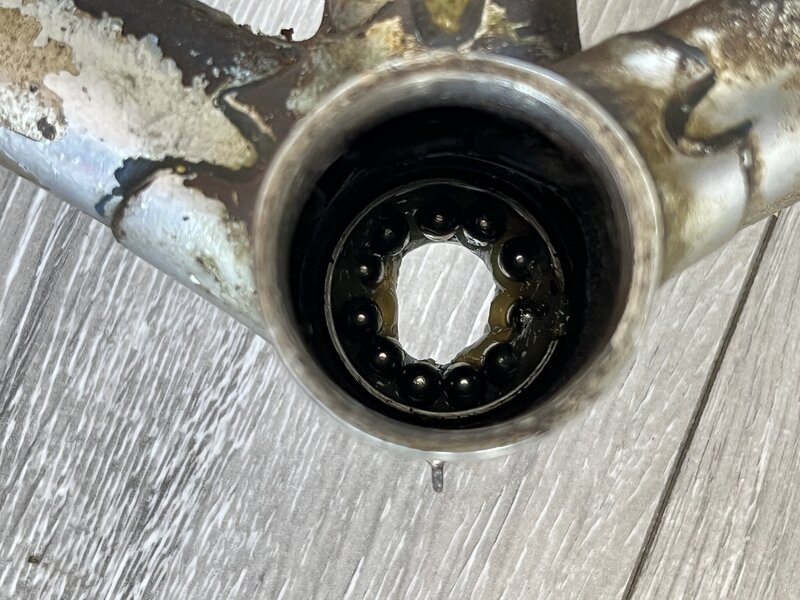Jonny69
Senior Retro Guru
Some bits I’ve been reading, that I stumbled across via this Velo Orange article from 2007: https://velo-orange.blogspot.com/2007/01/maxi-car-hubs.html?m=1
This René Herse Concourse has quite similar bits to mine: https://www.ebykr.com/tech-specs-1951-rene-herse/
Some bits on the Maxi Car hubs. Some history and shots of the various models: https://www.ebykr.com/maxi-car-history-image-gallery/
And a cool story. I want to be more Sid! https://www.ebykr.com/maxi-car-old-roller/
I do like the way most pieces about René Herse, Singer etc are written like a Rouleur article!
This René Herse Concourse has quite similar bits to mine: https://www.ebykr.com/tech-specs-1951-rene-herse/
Some bits on the Maxi Car hubs. Some history and shots of the various models: https://www.ebykr.com/maxi-car-history-image-gallery/
And a cool story. I want to be more Sid! https://www.ebykr.com/maxi-car-old-roller/
I do like the way most pieces about René Herse, Singer etc are written like a Rouleur article!



